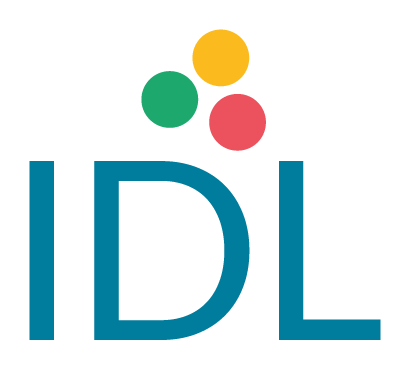What is dyscalculia/maths processing disorder?
Dyscalculia also known as maths processing disorder affects the ability to process and make sense of numbers. People with the disorder lack a basic understanding of how different numbers are connected to each other. For example they struggle to understand how the number 4 can be made by both adding 3 and 1 together and by doubling 2. They also have difficulty visualising the magnitude of numbers and making sensible references to numbers. For example if asked how many apples there are in a fruit bowl they might guess something highly unrealistic such as 50.
Although it isn’t the only learning disorder that impacts maths learning dyscalculia is the most severe in its impact on maths learning. It affects children from a very young age and applies primarily to arithmetic. Geometry and algebra are often less impacted and some children succeed in these areas of maths despite intense difficulty with arithmetic. Dyscalculia can lead to severe maths anxiety which can have a serious impact on learning.
Signs of dyscalculia/maths processing disorder
In young children dyscalculia presents in the following ways:
- Inability to recognise numbers
- Delayed ability to count
- Tendency to lose track when counting
- Difficulty connecting numerical symbols with their words
- Problems recognising patterns or putting things in order
- Reliance on visual aids to support counting
When children start school and begin more structured learning of maths those with dyscalculia often experience the following:
- Difficulty learning basic principles of maths like addition subtractions and times tables
- Problems processing visual elements of maths such as graphs
- Inability to take several approaches to the same maths problem
- Difficulty completing maths homework without additional support
- Very low performance in maths class compared to other subjects
Outside of school children teens and adults with dyscalculia also show the following signs:
- Inability to remember phone numbers postcodes and other data involving numbers
- Problems managing money such as estimating costs counting out notes and coins calculating change and splitting bills
- Difficulty knowing left from right and remembering directions
- Problems with telling time and reading clocks
- Poor estimation of how long tasks take or how long journeys take
- Frustration with games that involve counting or keeping score
How common is dyscalculia?
Around 25% of the population has maths learning difficulties but it’s estimated that 6% of people have dyscalculia. Unlike dyslexia which seems to affect boys more often than girls dyscalculia affects boys and girls equally. Compared to dyslexia dyscalculia is less researched and less understood which means it’s possible that many people have the condition without a formal diagnosis.
People with dyslexia are more likely to have difficulties with maths although this isn’t always a result of comorbid dyscalculia. There could be other comorbid disorders or learning difficulties at play such as ADHD. Dyslexia itself can make maths learning more challenging since it affects working memory information retrieval and speed of processing thus making it difficult to follow procedures in mathematics. Dyscalculia mainly causes problems with number skills. When dyslexia affects maths it centres around difficulty learning maths language sequences and procedures rather than processing numbers themselves.
What causes dyscalculia?
It isn’t clear what causes dyscalculia. Research is ongoing to better understand the disorder its causes and potential treatments. It is thought that the disorder is genetic because there is clear evidence that it runs in families.
We also know that those with dyscalculia have different brain structures than those without the disorder. Brain scans show reduced grey matter and white matter in key parts of the brain that affect numerical processing.
How is dyscalculia diagnosed?
The first step in diagnosing dyscalculia in children is usually a meeting between parents teachers and SENCO coordinators. This allows the school and parents to share concerns identify symptoms and put additional learning support in place. Next it’s helpful for the family to visit their GP. GPs can rule out physical health conditions such as problems with vision or hearing.
If a GP does not find signs of health problems the child is usually referred to a specialist for assessment. This may be an educational psychologist or other healthcare professionals who specialise in learning difficulties. A series of tests are conducted to assess:
- Reading ability
- Writing ability
- Mathematical ability
- Vocabulary
- Language development
- Memory
- Processing speed
- Logical reasoning
- Organisational skills
The assessor produces a report outlining their diagnosis and this informs an educational plan to help support the child in their learning.
When adults suspect they have dyscalculia the diagnosis process is much the same. A GP visit first rules out other conditions. Adult assessments consider their educational history and the impact their symptoms have had on their life. Following a diagnosis of dyscalculia adults can be taught new ways to approach numerical problems. They often find new confidence to return to education and achieve maths qualifications.
How is dyscalculia treated?
Dyscalculia does not have a defined medical treatment. Instead there are educational interventions to help with maths learning. These centre around improving connections with numbers to make it easier to navigate maths problems. It isn’t possible to ‘grow out’ of dyscalculia but with the right support children can learn how to cope with the disorder so that it doesn’t have a major detrimental impact on their lives as adults.
Multi-sensory learning
Multi-sensory learning is the process of engaging multiple senses at once to aid engagement and understanding. It helps children to make connections with new concepts in more than one way. In maths it can involve things like visualising number operations with coloured blocks. The process of moving physical objects around to make calculations can be useful for those with dyscalculia. Other multi-sensory maths techniques include tapping out multiples to feel their value or using musical sequences and songs to memorise mathematical sequences.
Numeracy software programmes
Software like IDL Numeracy is designed to support learning for children with dyscalculia and other learning difficulties. They deliver interactive lessons that present maths problems in fun accessible ways. With IDL Numeracy the mechanics of each lesson remain the same and this consistency provides children with confidence in familiarity. They find it easier to take on new maths problems with less anxiety than would usually come with unfamiliar tasks.
If you\’re interested in IDL Numeracy software or you’d like to learn more about our range of free resources to support maths learning do not hesitate to contact us for more information.













